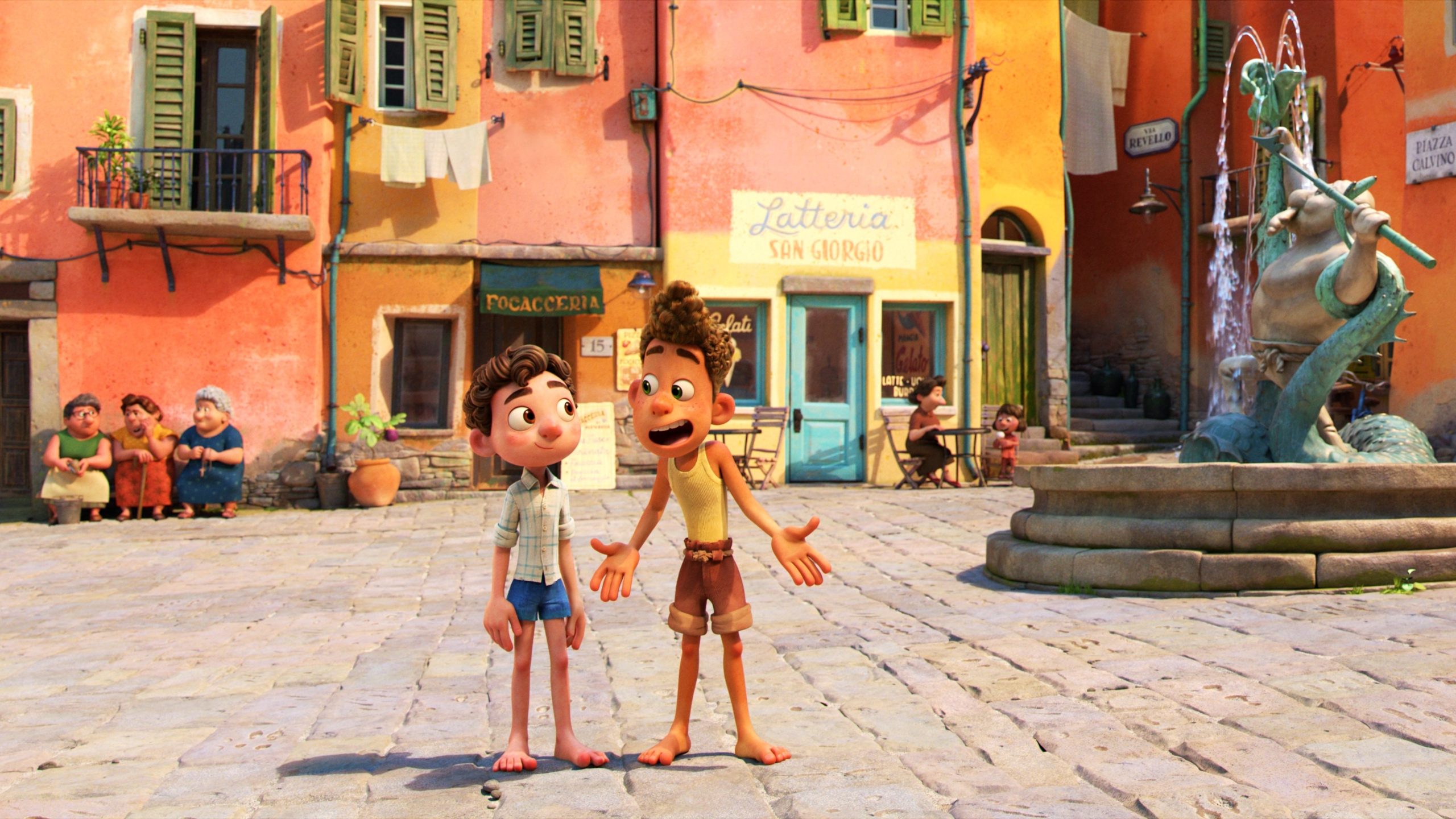Table of Contents Show
Pixar Studio’s latest film Luca landed on the shores of Disney + on June 18th. The story follows Luca, a sea monster who lives a rather dull life underwater near the Italian seaside town of Portorosso. When he’s not herding fish, he dreams of what could be up on land. When sea monsters get out of the ocean, they appear to be human, but if they’re splashed with water, they turn back into their scaly forms. After crossing paths with the fast-talking, fearless Alberto, the two boys decide to chase their dream of owning a Vespa by entering a triathlon with their new friend Giulia in order to win some cash.
The film contains staples of Pixar Animation Studio’s films: lovable characters, fantastic animation, and an ending designed to tug on your heartstrings. Yet the story feels like its own. It’s not quite at the level of Toy Story, Inside Out, or Coco, or any of Pixar’s hall-of-fame movies, but it’s a worthwhile watch that may give audiences summer nostalgia, an enjoyable hour and forty minutes, and even a good, solid cry by the time the end credits roll. Luca spins a stunning, summery tale of friendship, adventure, and growing up.
A Simple Yet Engaging Plot Propels The Narrative
At the film’s core, Luca is an easily digestible slice-of-life story. The stakes aren’t as high as those in Soul or Coco, but that doesn’t harm the plot. Luca, Alberto, and Giulia’s blossoming friendship, training for the triathlon, and the two boys’ attempts at trying to keep their scaly secret hidden make for an engaging tale. While audiences may never have hidden their fishy forms from their friends, a story of a summer vacation ripe with new friends and new experiences can strike a chord with many.
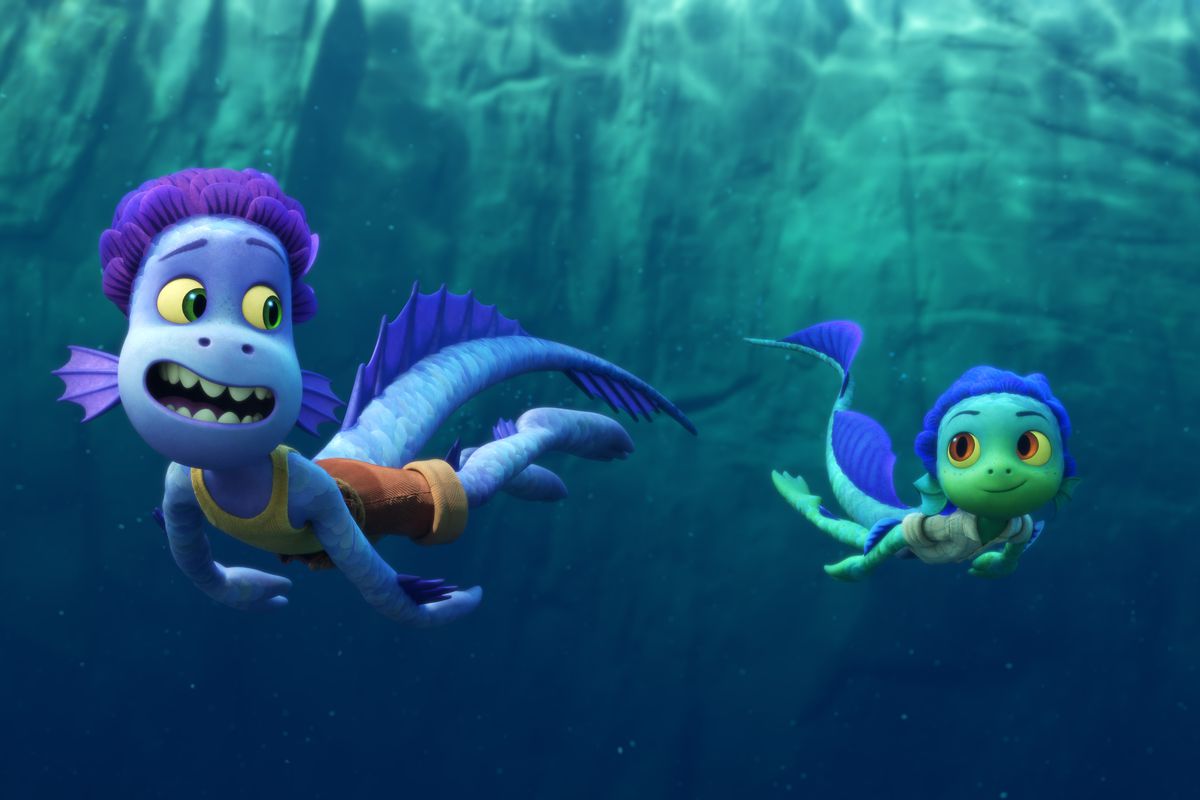
The simplicity of the story works both for and against the film. Luca isn’t going to be as action-packed as The Incredibles, but it never marketed itself that way. The film never tries to be anything more than what it actually is: a simple story about summer and friendship. After years of pumping out movies about quests for magic, talking toys trying to escape a jail of a daycare center, and a man trying to get his soul back in his body after dying, Pixar created a film that doesn’t try to raise audience member’s adrenaline. This movie allows the studio to tell a low-stakes story, a kind of story it feels as though Pixar hasn’t been allowed to tell before.
A Delightful Cast of Characters
The main cast of Luca shine every time they’re on screen. The chemistry between the titular character and his new friends crackles every time they’re together. Despite the short length of their friendship, the kids’ bonds are never diminished. It’s clear from their interactions how much their trio cares about one another. They feel like a real friend group, and the audience tags along for the ride of their growing relationships with one another.
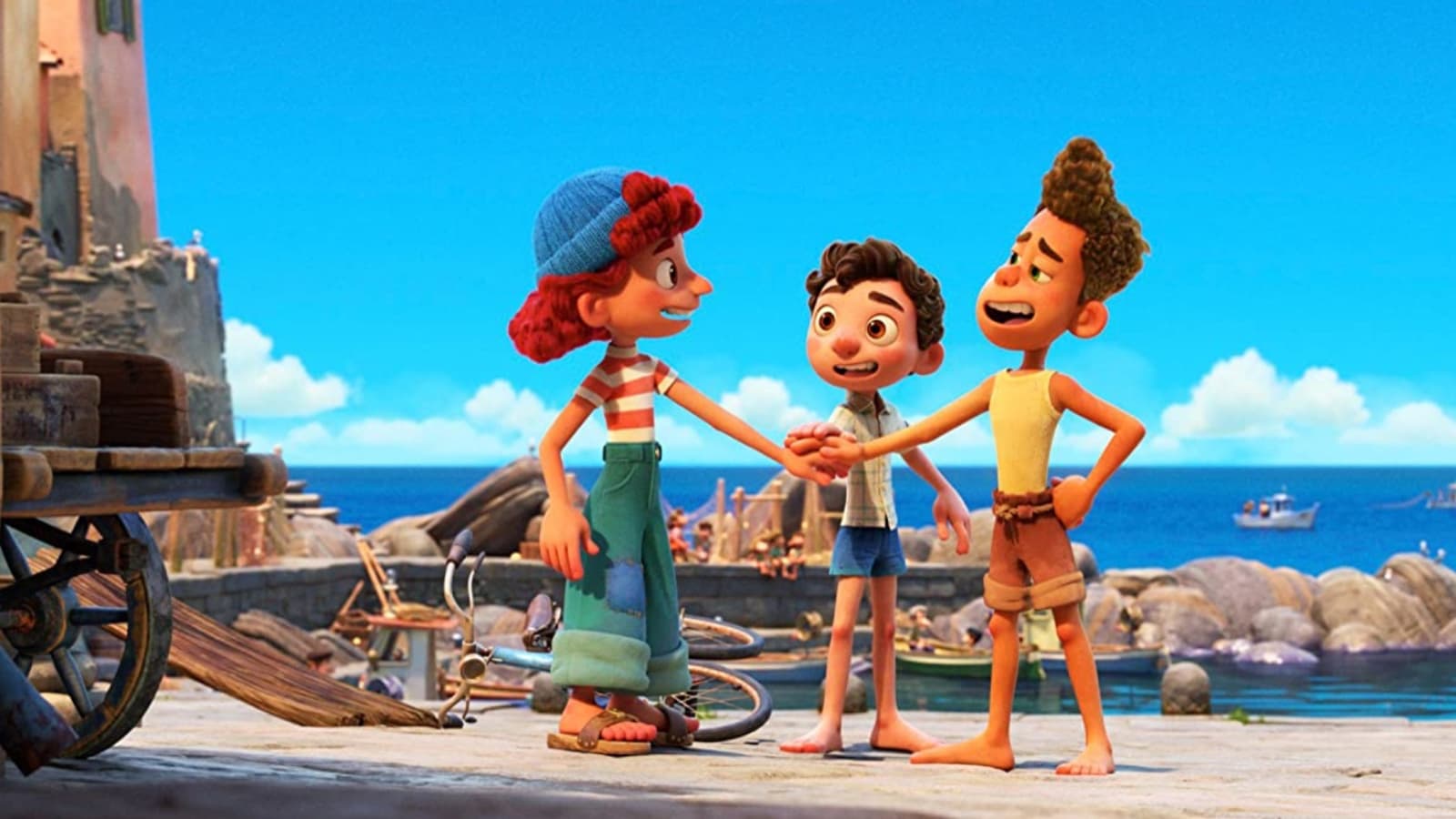
Luca himself proves to be a lovable protagonist. His yearning to explore whatever’s on land may remind some viewers of Ariel, the little mermaid herself. Their natural curiosity, however, is where their similarities end. While the mermaid princess embraced every moment she was on land, Luca’s hesitation and anxiety about his true identity being revealed cloud his human interactions. He’s timid, but as the film goes on, he begins to embrace new experiences and stand up for both himself and his friends. He’s a kid hungry for knowledge, and, like Ariel, he’s incredibly curious about what the rest of the world has to offer.
When Luca meets Alberto, the movie really starts to get going. Alberto is the sun to Luca’s moon, the fire to his ice, and the extrovert to his introvert. Alberto’s fast-talking and friendly, and he lives comfortably in the gray area between bravery and recklessness. While Luca comes out of his shell, Alberto becomes more vulnerable the longer the film goes on. He shares glimmers of his backstory, and his past plays a major part in how he acts in the present. As Luca learns that he needs to go off and see the world, Alberto learns he needs to let go of his best friend and allow for him to do so, even if it means Alberto himself gets left behind.
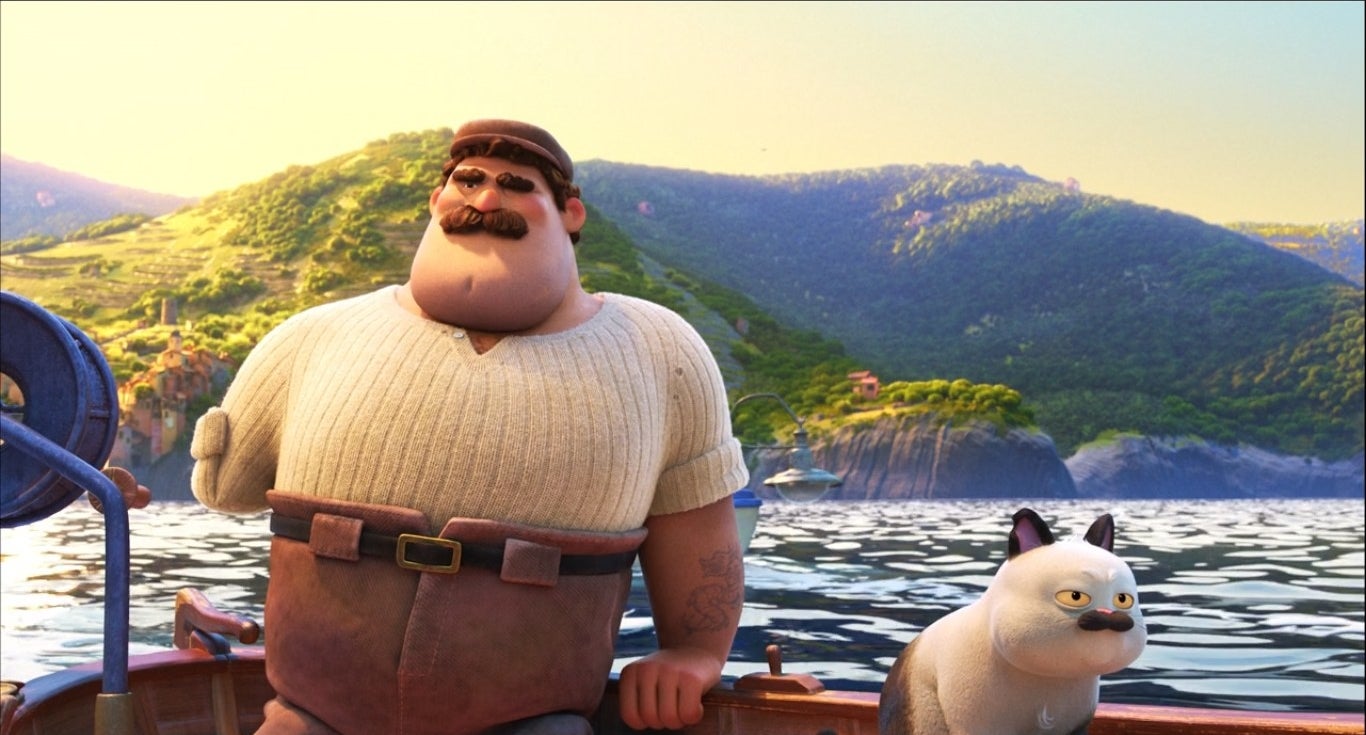
The final member of this trinity of misfits, Giulia bursts into the boys’ lives when she defends them from a local bully. Enthusiastic, competitive, and eager, Giulia’s passion for winning the triathlon and for showing the boys around Portorosso shine through her upbeat tone and constant movement. She’s open-minded, smart and loyal to her new friends. And, best of all, she never gives up on her athletic pursuits or on the people she cares about. Giulia proves to be a well-rounded and carefully crafted female character with a strong personality and even stronger on-screen presence.
The side characters also prove to be memorable additions to the cast of characters, with Giulia’s dad, Massimo, being the stand-out. Massimo, a stern but loving fisherman, grows attached to his daughter’s new friends and looks after them as if they’re his own children. He also only has one arm, with his right arm ending just before his elbow. When Massimo sees the kids staring at it, he states that he was born that way, and that’s that. His disability isn’t shameful or treated as something scary and detrimental. It’s a part of who he is, but it doesn’t define him. The casual inclusion of disability should be included in all genres of film, and seeing it in an animated children’s film is important for representation and exposure to a younger audience.
Colorful Cinematography Transports Viewers to Italy
The vibrancy of colors on screen in Luca make you feel as if the golden Italian sun hanging in the bright blue sky is kissing your skin, like the salty spray of the ocean really is pooling around your ankles, and like the galaxies; Luca explores in his daydreams are so close you can reach out and touch every pink, purple, and green swirl in the sky. Every scene of this film bursts with color and life, transporting viewers into a hot, bright summer in Italy alongside the characters.
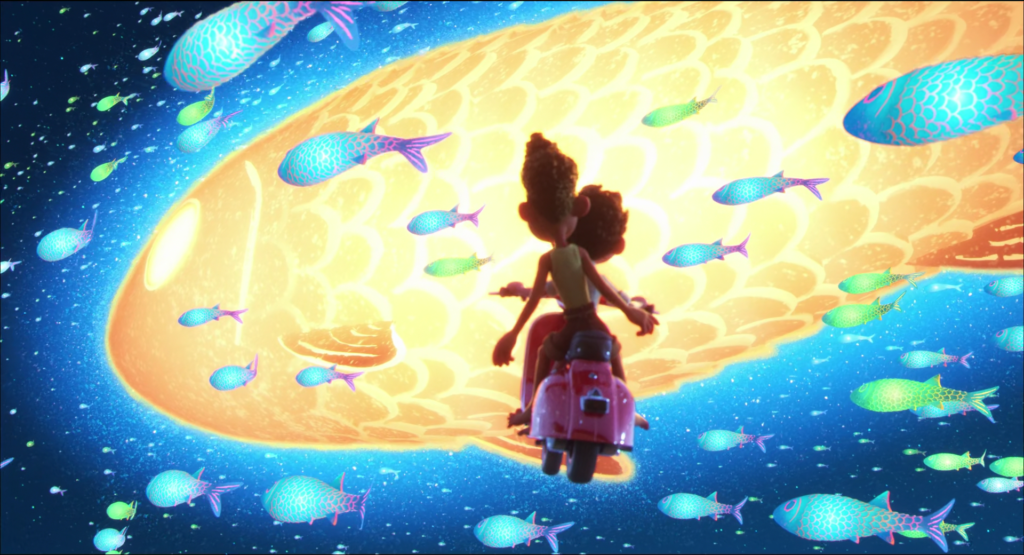
Portorosso, Luca’s home under the sea, and the glittering surface of the ocean feel just as alive as the characters themselves. Their colors glow as bright as a summer afternoon. With a color palette of orange, yellow, green, and blue, the cinematography encapsulates an entire season of the year in a mere hour and forty-minute runtime. While every color of the rainbow makes an appearance during Luca, the warm tones associated with summer dominate each frame. No matter the temperature outside, watching this film transports viewers into warmer, brighter days of summer in a seaside town.
Even though the warm color palette of the film never goes away, the cinematography never turns stale or bland. The vibrancy of each animated person, building, and bubble in the ocean begs for attention. Portorosso looks as though it’s been lifted off an artist’s canvas. As animation continues to grow and push the boundaries of what can be done in film, the team behind Luca is a testament to that.
Yes, Tissues Are Required For Viewing
When settling in for the latest flick from Pixar, snacks, drinks, and tissues are all required. The studio knows how to pack an emotional sucker punch. Whether it’s Miguel singing “Remember Me” to his great-grandmother in Coco or Ian letting his brother say a proper goodbye to their father in Onward, the endings of Pixar movies have become synonymous with sobbing. Luca proves to be no exception.
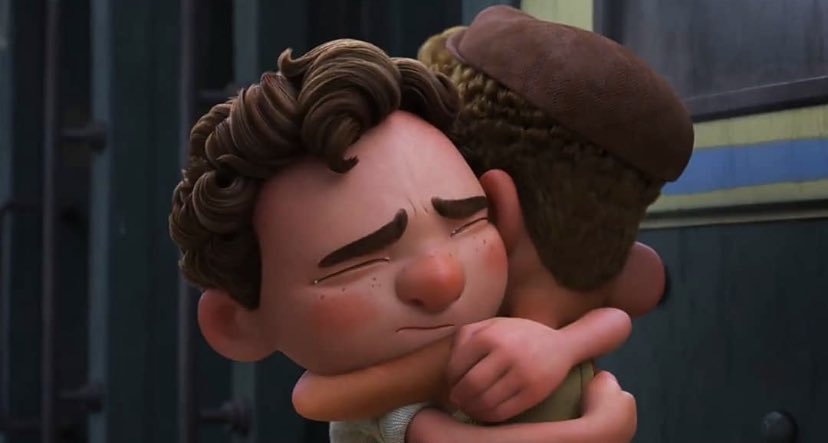
Despite the simplicity of the plot and the low stakes of the conflict, the film ends on a heartbreaking but hopeful note. Leaving friends behind for school is never easy, and that pain doesn’t get any easier as the years go by. Whether you’re going to different elementary schools or different colleges, saying goodbye to a friend for a long period of time never dulls its ache.
After Luca’s sea monster parents agree to let him go to Giulia’s school, Alberto adopts to stay in Portorosso and live with Massimo. He also sells the boys’ Vespa in order to pay for Luca’s tuition. Watching Alberto give up his dream and his friend to let said friend pursue a dream will thaw even the most frozen of hearts. Friendship ebbs and flows, especially with age, but as Luca and Alberto hug goodbye, it feels like a temporary separation. There’s no doubt they’ll stay in touch and see each other again (fortunately, the pictures in the credits confirm this).
Luca isn’t the first movie to depict friends leaving one another, and it certainly won’t be the last. However, that doesn’t negate the powerful impact it leaves behind. Watching Luca ride the train aware of everything he’s ever known is bittersweet. Like Alberto, the audience knows Luca is off to school, something he really wants, and we’re both happy and heartbroken to see him go.
A Message Of Inclusivity For All Ages
While director Enrico Casarosa claims Luca and Alberto’s bond is strictly platonic, the film resonated with many queer audience members. The relationship between Luca and Alberto can be read as platonic or romantic. While it’s wonderful, so many queer viewers connect to the story and characters, Luca is not a Disney film with an openly gay protagonist.
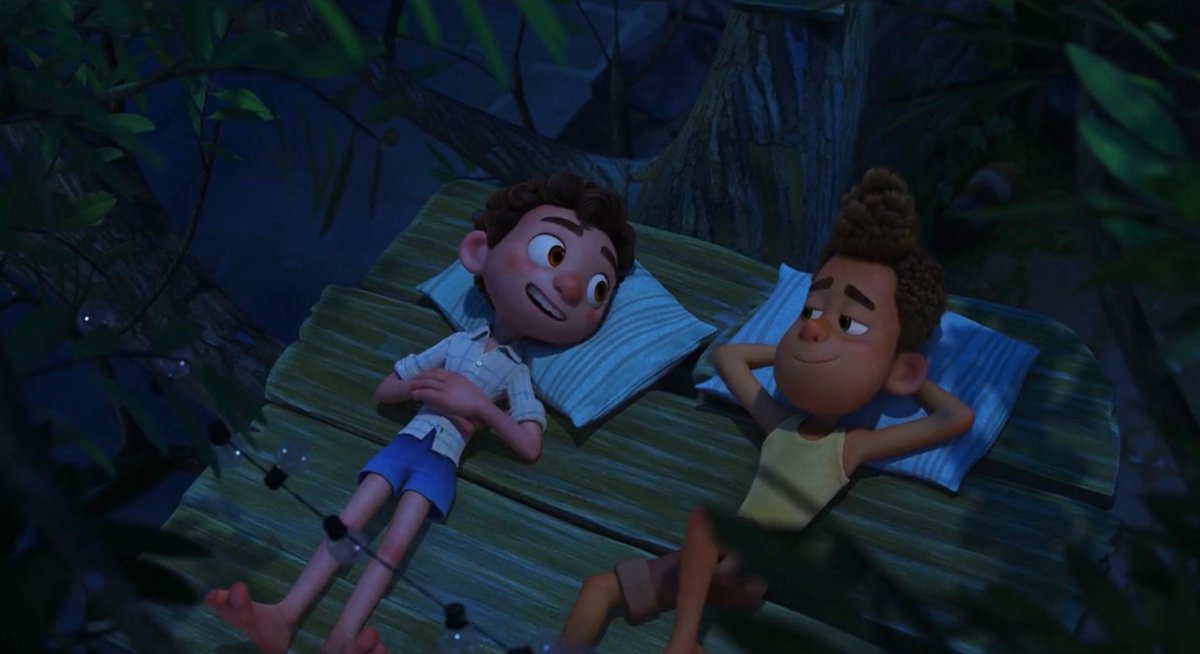
Nevertheless, the message of the film is critical for young viewers to hear. When Luca’s parents anxiously talk to his grandmother about their fears of sending him to school with humans, the grandma eases their fears. She reminds them that some people will never accept Luca for who he really is, but some will. She’s confident Luca knows how to find people who will accept him, much like Alberto and Giulia.
No matter your age, the message of accepting others for who they are is always worth repeating and taking to heart. Even though Giulia spent her summers in a town that hated sea monsters and longed to see them killed, she doesn’t hesitate to save Luca and Alberto from the town bully after their true forms are revealed during the triathlon. Her father, who hunted sea monsters, also tells the town to stand down and leads by example. He too accepts the boys, and the rest of the town follows suit, with two elderly ladies who appeared throughout the runtime revealing themselves to be sea monsters as well.
Acceptance of others is a universal message that bears repeating. Children are never too young to hear it, and sadly, there are adults who still haven’t grasped it. Luca does a fantastic job of broadcasting this message without it being too heavy-handed. There may be no sea monsters in our world, but there are people different than you and me, and accepting others for who they are is something we all need to do.
Pixar Hasn’t Lost Its Touch
Luca continues Pixar Animation Studio’s impressive run of quality movies. The studio’s pitch-perfect and unique animation, lovable characters, and the sun-soaked story of friendship, adventure, and acceptance combine to produce a wonderful tale that all ages can enjoy. It’s a fun, feel-good movie that can be rewatched every summer. Luca, Alberto, and Giulia’s story come to a satisfying conclusion, and Portorosso will always be there to welcome you back should you want a rewatch.
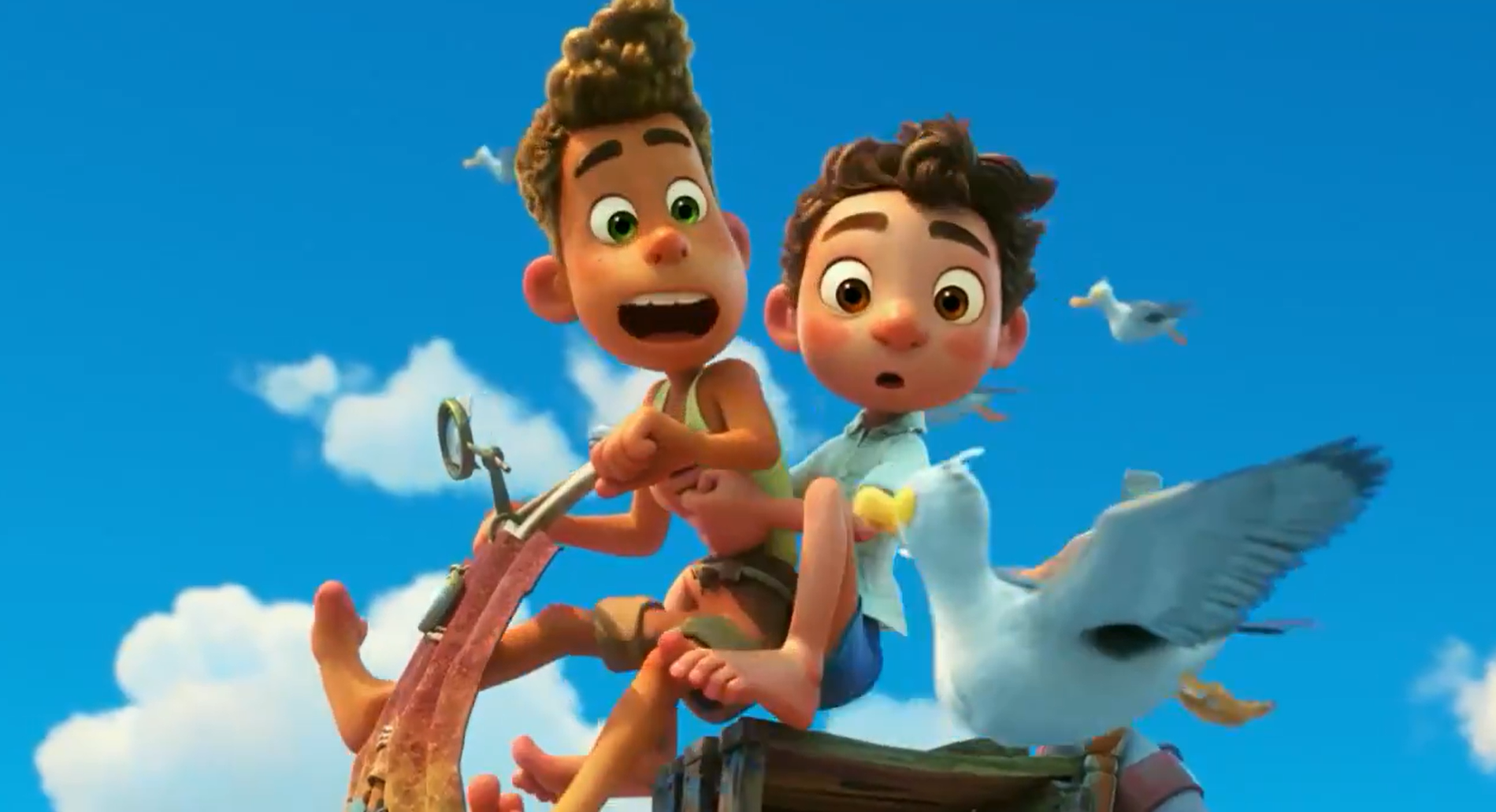
Sure, Pixar has stronger entries in their catalog, but that doesn’t diminish Luca’s many strengths. An original story is both refreshing and much-needed in a landscape of sequels, reboots, and cash grabs. Luca is a worthwhile and heartwarming watch whether it’s a rainy day or you need a little pick me up. Of course, if you have a Disney Plus subscription, the film is free to stream. After all, what do you have to lose by giving this one a watch?
